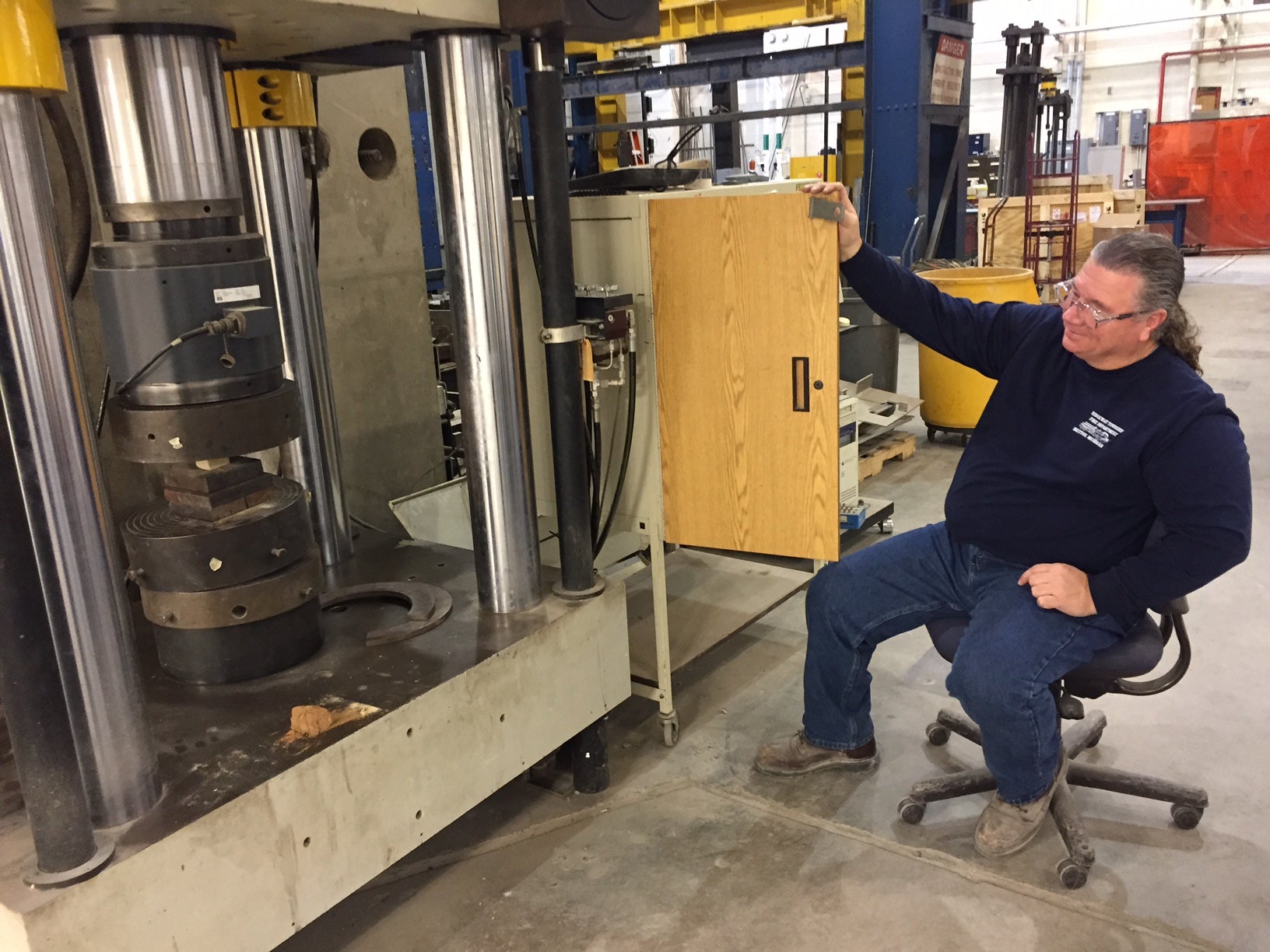BY GEOFF EMBERLING, Assistant Research Scientist, Kelsey Museum
I received a nice note from Julie Donnelly, who teaches at Clague Middle School in Ann Arbor, Michigan. Her 6th-grade students had a bunch of really good questions about the dig and about living in a village in Sudan. It turns out that 6th graders are pretty smart! I’m going to try to answer their questions in several posts over the next week or two.
One group of questions was about life in the village.
Is El Kurru considered to be *modern*? For instance, do people have cell phones, furniture, and computers?
Do they have grocery stores?
Is there a citywide call to prayer, and, if so, how does it affect your team and their work schedule?

There are maybe 1,000 people living in El Kurru village (nobody seems to know for sure). The village is modern in some ways. There are four shops on the main street, including Waleed’s grocery store (above), the barber shop where I got my haircut, and a coffee shop that would amaze you — a woman making the delicious local coffee called jebena on coals that rest on the floor, which is sand. So, not a lot of businesses, but there are a few. People drop by the grocery store all day long . . . women sometimes feel more comfortable shopping through a window on the side of the store rather than going inside.
Nearly everyone here has a cell phone . . . one feature they enjoy is an ability to play the radio out loud on their phone while we are all working in the excavation. In fact, Sudanese went from having a pretty minimal wired phone network to a complete mobile phone network in a very short period of time in the last ten years or so, and it is changing everything about working and living in Sudan.
And yes, there are mosques in the village, and we hear calls to prayer throughout the day (with loud calls to prayer starting at 5:45 a.m.!). The person who gives the call to prayer is called a muezzin, and we all have our favorite ones. This is one of the more observant Muslim places I’ve worked, and many people in the village go to the mosque to pray five times a day.
What is a typical work day for your team?
Do you ever take a day off to rest?

We live in a house in the village — here’s a photo of the outer courtyard, which is really a nice place to have a cup of tea in the afternoon, and we do a lot of work here too as you can see.
It gets light here around 7 a.m. We get ready, have our tea and coffee, and start work at 8 a.m. We have hired around 70 local men to help with the excavation, and most of them prefer to work from 8 to 2 even though it gets hot here in the afternoon (it’s recently been between 95 and 100 degrees Fahrenheit in the afternoons).
We eat according to a Sudanese schedule: “breakfast” is a big meal at 11 a.m., and we have “lunch” a bit late for Sudan, at about 6 p.m. They would normally have dinner at 9:30 or so, but we are all too tired, so we have just two main meals. We eat a local, organic, and mostly vegetarian diet — lots of fava beans (called fuul), eggs, tomatoes, and cucumbers, sometimes pancakes with savory sauces, and bread with everything. And we eat Sudanese style, with our right hand, mostly using little pieces of bread to scoop up the food. My personal favorite is the sweet spaghetti they serve with every meal — hard to eat with your hand!
We work six days per week, with Fridays off. We are a pretty active group, though, so we sometimes catch up on work on Fridays, and sometimes drive off to visit other sites in the area, which is important for us.














